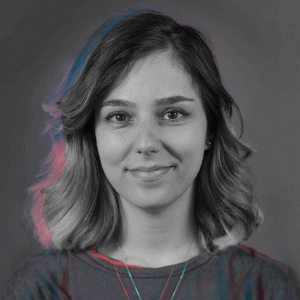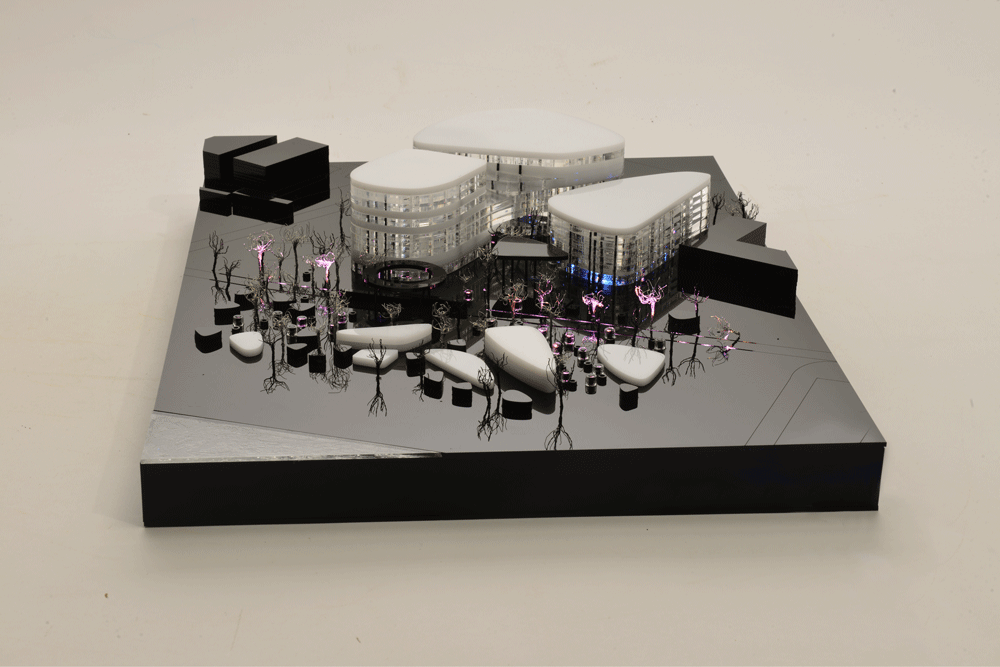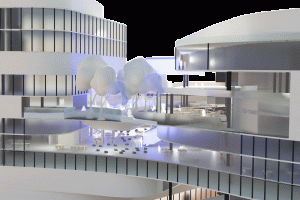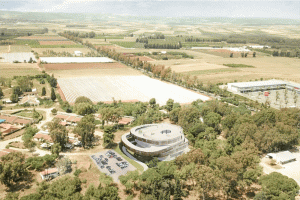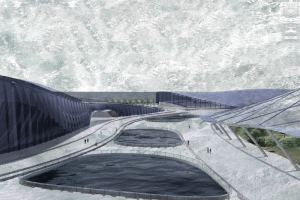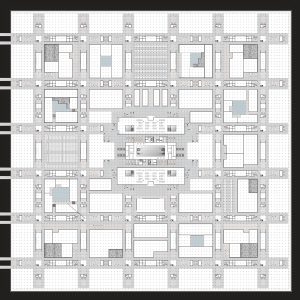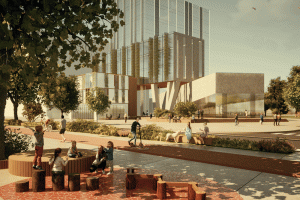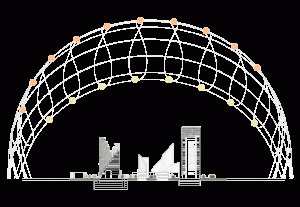Immercity
Technology profoundly influences our world, transforming lifestyles and creating new avenues for interaction. From the invention of the computer as the foundation of the digital realm to the information revolution of the 1980s that accelerated globalization and communication, technological advancements have reshaped our daily lives. The accessibility of laptops and mobile phones further propelled this shift, allowing us to perform numerous actions digitally and creating a layered reality that integrates digital and virtual spaces alongside traditional physical environments.
However, built public spaces often lag behind these technological advancements, remaining conservative and less appealing. To align with the dynamic lifestyle that technology fosters, it is crucial to adapt our physical spaces of action to meet the demands of the digital age, which continues to evolve. This raises the question: what potential does technological innovation hold for the built environment, and how can it be harnessed to design public spaces that respond to ongoing changes?
The “Immercity” project proposes a transforming experiential urban space that leverages advanced augmented reality (AR) technology. By integrating a virtual layer with the tangible environment, non-essential physical elements are removed, resulting in a multi-purpose, dynamic space. This initiative highlights the significance of public space in urban life, rekindling the motivation to engage with these areas.
Focusing on a central site in Haifa, near employment and entertainment venues like Haifa Port, the project capitalizes on the approval for tunneling the train through the coastal strip, allowing for comprehensive area redevelopment. By reducing public spaces to the minimal physical elements required for meaningful experiences, new action spaces can be invented, leading to more efficient and diverse interactions than those currently available.
The vision is clear: minimum physicality, maximum experience.



